We’re living in the golden age of content marketing right now.
Social media has made it easier than ever before to reach and connect with your ideal demographic.
Social Media Today put it best with its infographic on social media marketing statistics of 2017.
That’s right, 79% of all American Internet users are on Facebook!
While there are still some brands that refuse to adapt to the changing needs of the marketplace, more and more businesses are accomplishing amazing things in the world of marketing.
Despite my long-term involvement in it, I’ve always considered myself a student of the industry.
Every day, I’m excited to see where the world of digital media marketing is going and to find new ideas or techniques that I can share with all of you.
That’s why I’ve decided to analyze some of the world’s most popular blogs and present you with 6 actionable lessons that you can use to enhance your marketing strategy right away.
Each of these brands, in one way or another, has changed the marketing game, and the average business owner can learn quite a bit from their success.
Here’s the list, and feel free to jump to any particular section that interests you.
- Clarity is everything (or why lists work)
- The power of the headline
- Visual content matters
- Data-driven content wins the long game
- CTAs may not be sexy, but they work
- Long-form content works
1. Clarity is everything (or why lists work)
It’s easy to look at sites that have simplistic aesthetics and think that their owners are just not invested in the presentation of their content.
The truth is that some of the most effective blogs I’ve ever seen tend to value simplicity over complexity.
Why?
Because that’s what their users value the most, too.
I’ll be the first to defend long-form content (it’s what most of my content is, after all).
But I’d be a fool if I didn’t recognize the power and impact that short-form content has had on the world of content marketing.
And it’s not a surprise when you stop and think about it.
The average consumer can get their information from lots of sources.
If we’re working off the assumption that most of them cover the same topics, particularly as it relates to current events in the industry, it’s no wonder that users stick with the no-fluff version.
The idea that straightforward content is easier to read isn’t breaking news. We’ve all known about that since middle school.
What makes this clarity-driven content so exciting is its accessibility and actionability.
I was thinking about this while scanning Lifehacker, which has one of the most pleasantly minimalist designs I’ve seen.
With an estimated 21 million unique monthly visitors, Lifehacker’s emphasis on keeping things as simple as possible is clearly working for them.
There aren’t any ads surrounding their articles, ensuring that you’re able to focus on whatever content you happen to be reading.
Take a look at the article below and you’ll notice nothing but white space, which helps keep the page from feeling cluttered.
And while you’re presented with some options for what to read next, it never feels overwhelming or distracting.
It’s not just easy to learn something. It’s easy to take that knowledge and apply it.
Since we’re on the topic of clarity, it’s time we talked about list articles.
In our industry, lists are often viewed as a necessary evil.
Plenty of people will argue that listicles somehow undermine the integrity of the content marketing process.
I couldn’t disagree more.
Uninspired listicles are clearly not a great marketing tool. But those have short-sighted thinking and bad writing to blame above all else.
The problem isn’t the format. The problem is that people misuse it.
If anything, I welcome the listicle if it encourages brands to prioritize simplicity and clarity in their marketing efforts.
Well-written listicles feature a recognizable structure and a clear value proposition. They’re easy enough for the average reader to enjoy, and people find value in them.
The format works — in the right hands, of course.
The Huffington Post, with 160 million visitors every month, has the list article down to a science.
If you take a closer look and actually dive into the articles, you’ll notice that there’s minimal fluff here.
For example, take a look at the article “10 Things People With Autism Wish You Knew.” You’ll notice that it manages to provide value without overstaying its welcome.
And that’s an important lesson for any content creator. If you’re going to produce content, make sure that it’s presented in a way that makes consuming it simple and straightforward.
2. The power of the headline
I’m always a bit hesitant to discuss the importance of headlines when it comes to content marketing.
Not because I doubt their importance. The value of a compelling headline has been proven time and time again, so it’s not exactly controversial.
No, I’m worried about the brands that see the word ‘headline’ and think ‘click bait’.
So, before we move forward, let me be absolutely clear. If you’re in the world of content marketing, don’t overuse click bait.
It’s really that simple.
Your headline should still be intriguing and catchy. It should inspire curiosity and compel the average reader to stop what they’re doing and think, “Man, I gotta know what all this is about.”
But don’t promise something in your headline that your article doesn’t cover.
One of my favorite examples of this is Business Insider’s article titles. No matter what industry they’re tackling, the titles always manage to be eye-catching without ever being misleading.
With over 78 million readers every month, Business Insider proves that you can rise above click bait and still develop a massive following.
Your headline should be an introduction to your content — not a trick that gets people to read your article.
Why am I so insistent about this?
Because quite a few brands engage in click-bait behavior, and I’m convinced that they don’t understand how much it can damage their reputation.
When it comes to digital media marketing, your currency is trust. If people trust your content, they’re likely to share it.
If they trust you as a content creator, they’re likely to believe in your business.
Trust, just like success, is difficult to earn and easy to lose.
The moment that consumers open one of your articles and think, “Wow, this was just click bait,” you’ve compromised your relationship.
And for what? A slight bump in traffic in the short run isn’t worth the long-term damage.
There’s an important lesson to be learned here, particularly for brands that are struggling with headlines.
As tempting as it might be, don’t start making click-bait titles.
Forget about the fact that they can compromise the relationship you’ve built with your audience. The truth is that you just don’t need them to experience the benefits of compelling headlines.
All you really need to do is apply the 3 basic rules of headline structure.
- Make sure you’re using relevant, specific data in your headline.
- Imply value propositions with words like ‘Tips’, ‘Reasons’, ‘Secrets’, and ‘Ways.’
- Provide a major call to attention.
From there, the rest will come down to collecting data and constantly testing.
It won’t be glamorous, but it’s better than destroying your credibility.
You can create compelling headlines without lying to your audience.
Want to know what the secret is?
The content that you’re making has to be compelling too.
3. Visual content matters
If you were to take it at face value, creating content might seem like a one-dimensional task.
No matter what problem you’re tackling, you’re solving the issue with your written analysis and trying to create an engaging experience through compelling words.
But if you’ve been paying attention over the last few years, you know that content marketing is so much bigger than just the written word.
Particularly as it relates to the world of social media marketing and digital media as a whole, your content is expected to be multi-dimensional before it can be considered truly engaging.
The copy you create certainly matters, and it’s arguably the most important aspect of the creative process.
But make no mistake. Presentation matters, especially in industries in which you’re facing stiff competition.
Enter the world of visual content.
Mashable, with 45 million unique visitors a month, has embraced the explosion of visual content and ensured that all of their written content has some level of visual content integrated.
To really understand why this matters, we need to change the way we think about content.
First off, it’s important to acknowledge that compelling content doesn’t necessarily mean professional.
TMZ has managed to build an entire business using assets like amateur videos to promote their content.
Imagine each piece of content that you create as a journey. Each journey is unique to the problem you’re trying to solve and the value you’re trying to offer.
But like any journey, your content has a beginning and an end.
Still with me?
Okay, so the content that you write out could be some of the wittiest and most engaging copy you’ve ever created.
But at the end of the day, it’s still a tall order to expect the average person to sit down and happily read 10 minutes’ worth of your content.
Could you shorten the length of the journey by shortening your content? Sure, but that’s not the only way to solve this problem.
If you can incorporate enough engaging, relevant imagery into the article, there’s a much higher chance that your reader will make it to the end of your article.
To be as engaging as possible, your content needs enough structural integrity to guide people to the end.
Buzzfeed goes as far as using people’s tweets as visual content, and with plenty of success.
You’ve already done the hardest part, which is coming up with a compelling, unique idea.
So what can we learn from these blogs?
If you’re going to execute it, make sure that you’re presenting the best piece of content you possibly can.
And part of presenting the best content possible is using any tool at your disposal to engage your reader.
Oh, and if you think that visual media is a purely superficial solution to the problem of encouraging engagement, allow me to introduce you to the infographic.
Visual content might be widely used for its potential as entertainment, but it’s just as powerful when it’s used as an educational tool.
4. Data-driven content wins the long game
All content is not created equal.
To put it simply, there are really only three kinds of content in the world.
- Content that doesn’t work
- Content that wins the short game
- Content that wins the long game
Before I go any further, let me just say that I’ve got nothing against winning the short game.
There are sites like Engadget, which experienced major success while only focusing on producing punchy, short-form content that revolves around current industry-relevant events.
If you run a business, winning the short game is about more than just keeping the lights on for another month.
Small, tactical victories reinforce the fact that your business is growing and developing the way you want it to.
And if you can string enough of those small, tactical victories together, you’ll likely end up winning the long game.
But there’s a difference between consistent, sustainable growth and only being focused on the short-term gains.
We’ve all seen it at this point. Content that’s clearly only made to take advantage of some scandal or controversy that will be irrelevant in the next month.
I’ve got no problem with you trying to win today — as long as you don’t forget about winning tomorrow.
From a purely analytical perspective, I want to create content that I can repurpose or revitalize down the line, which can be invaluable in the future.
From a personal, human perspective, it’s difficult for people to consider you compelling if you don’t have anything memorable to say.
And simply reporting on current events is not how you end up with engaging, impactful content.
Creating a piece that simply covers scandal is just not that useful down the line.
Now, if you were to use that controversy to analyze a particular industry issue and encourage a discussion on it, that’s a different story.
See what I mean? There’s a way to win the battle today and the war tomorrow.
Going back to Engadget, you can look at their content and instantly recognize that they’re constantly moving forward with the strongest data available at the time.
And why does this matter? Because it shows brands and businesses that you can create engaging content that’s backed by relevant data, which then extends the content’s life expectancy.
Always think about the future when you’re creating content. How can you use it to further your long objectives?
5. CTAs may not be sexy, but they work
There are two camps to the call-to-action (CTA) discussion.
For some people, CTAs are a gimmicky way to encourage engagement. They’re like the silly tagline in a commercial.
When you’ve seen as many poorly-structured CTAs as I have, you can start to understand why people hesitate before using them in their own content.
But the second camp of people, which is the group that I fall into, is made up of people who recognize the incredible value of a well-placed CTA.
Whether you’re a big fan of them or not, no one can deny that they’re effective.
The question isn’t whether or not they work.
Instead, it’s helpful to understand why they work and what the average business owner can do to create effective CTAs.
The best CTAs all have a few things in common.
They all offer value by appealing to the needs of the brand’s audience. The best CTAs are tactically placed in easy-to-find places, which increases the likelihood of engagement.
But the most important part of any effective CTA? It should guide your consumer towards the next step in your marketing funnel.
Just take a look at TechCrunch. They may not exactly be subtle with their CTA placement, but with over 12 million unique visitors every month, it’s clearly working for them.
Their CTA for Disrupt SF is easy to find, and it clearly offers value and has an obvious next step for readers.
If you’re just starting to implement CTAs, those three basic steps should be the building blocks of your CTA strategy.
Even if you make the most amazing content ever published, you can’t just cross your fingers and hope that people will share it.
You can’t control how people will instinctively react to your content or your CTAs. All you can control is what happens on your end of the creation process.
Ask people to share your content on social media, get them to sign up for your newsletter, or invite them to check out your inventory. CTAs like these seem simple, but they’re also powerful.
It doesn’t matter what that next step is. What matters is that you’re moving your relationship with your audience forward and moving in the direction of growth.
6. Long-form content works
Remember, earlier in this article, when I was talking all about the benefits of clarity and brevity?
I’m sure a lot of you must be wondering how I can champion short-form content while also producing articles that run for thousands of words.
The reality of the situation is that there are no ‘sides’ here.
There are clear benefits to producing short-term content, just like there are clear benefits to producing long-form content.
Whichever type of content you decide to create will depend entirely on what you’re most comfortable producing and what type of content resonates with your audience the most.
And for me, that means producing long-form content.
By the way, this isn’t something that I’m guessing or assuming. I discuss this more in depth in my article on how to get more traffic, but I’ll summarize it here just to keep things moving.
Long-form content is performing better than ever these days.
And the best part?
Search engines love long-form content. This means that writing high-quality posts that are 2,000 words or longer will inevitably boost your conversion rate.
Just take a look at this serpIQ graph. It shows that posts with 2,000+ words are leading the charge in search results.
Long-form content has always given me the best results, and the reasons why are actually pretty simple.
For starters, I thrive off the trust that all of you have in me and my content.
But I have to earn that trust every single day, and in my experience, there’s no easier way to do that than by providing you with quality content and analysis.
By diving deep into the topics I choose, I’m able to prove to you that my content is worth your time.
After I’ve done that enough times, the idea is that you’ll come back to this site because you understand that I pack my articles with as much value as possible.
Plus, in-depth analysis and discussion tend to lead to the creation of evergreen content, which lends itself particularly well to long-term growth.
And I’m not the only one who’s experiencing success with long-form content.
Buffer routinely publishes plenty of long form content, often with a heavy emphasis on providing data and insight.
Its article, “How to Create a Social Media Marketing Strategy From Scratch,” article was a 9-minute read, but just look at all those shares!
What’s the lesson here? Don’t shy away from long-form content because you’re afraid it’ll scare people away.
As long as it’s well-written and engaging, and as long as it offers readers legitimate value, your long-form content can perform as well as (or better than) short-form content.
Conclusion
Creating content that stands out is never an easy task.
Every single blog that I used as an example on this list struggled to find its winning formula.
No one is expecting you to figure it all out overnight. All I want to do is help you arm yourself with the right knowledge and tools in this fight.
But if you can learn to embrace the ideas presented here, there’s no doubt in my mind that your content will evolve into something much more impactful.
Focus on clarity. Use visual content that grabs the reader and refuses to let go. Write powerful headlines. Continue to craft compelling CTAs.
And, if you’re anything like me, don’t be afraid to create long-form content.
What lessons have your favorite blogs taught you this year? Which of these blogs do you think has the most effective content marketing?



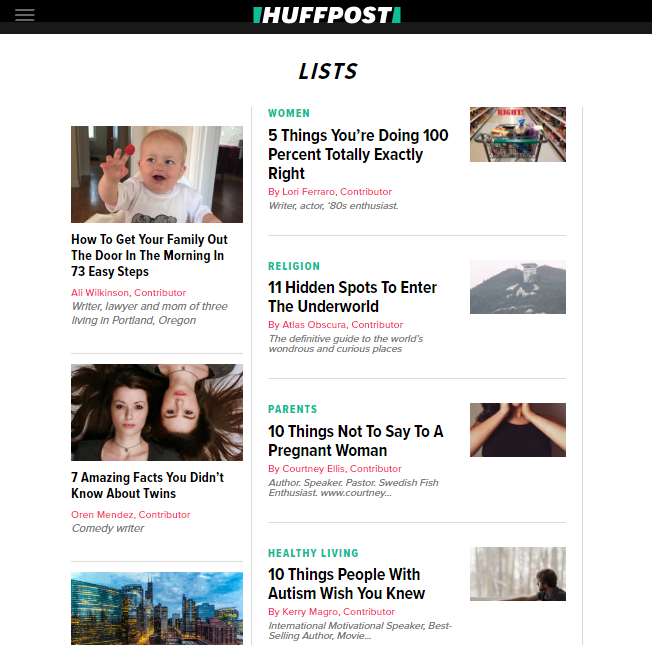
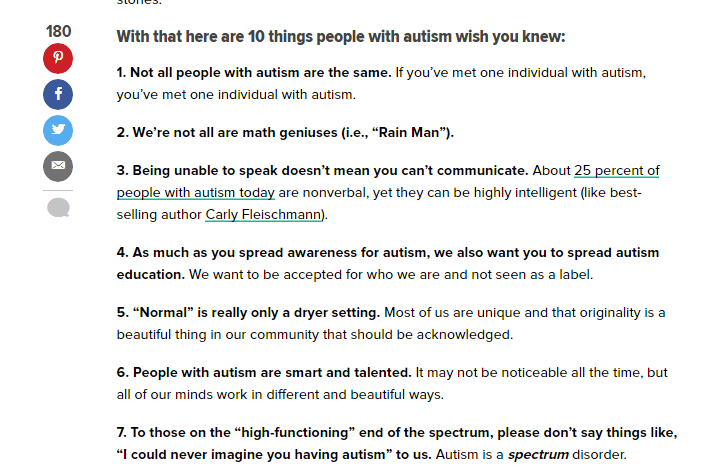
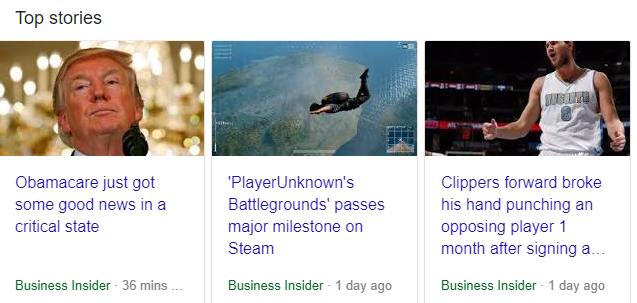
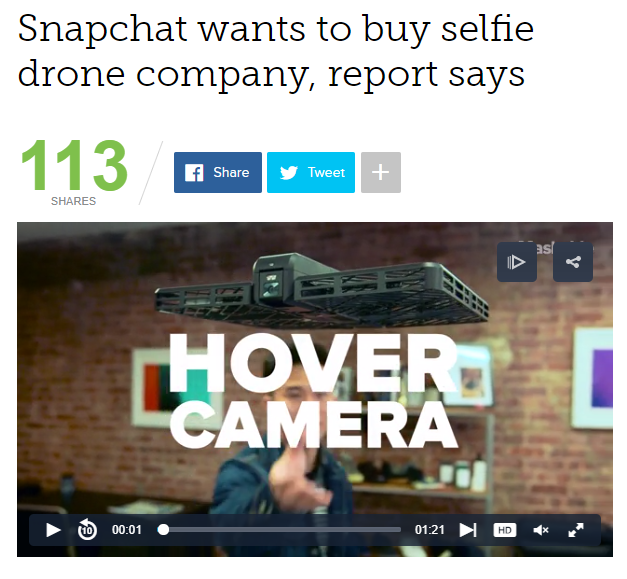



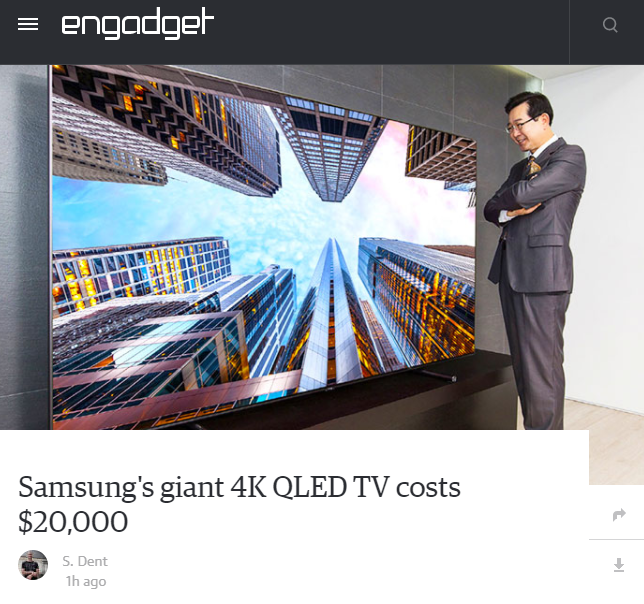


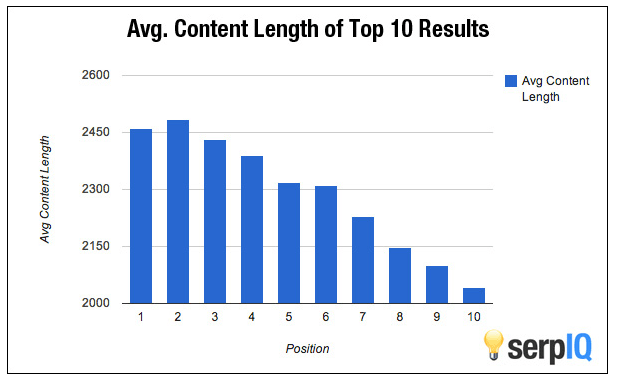
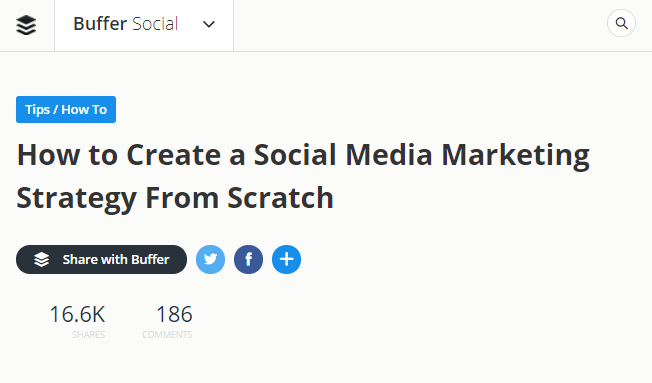
Comments (6)